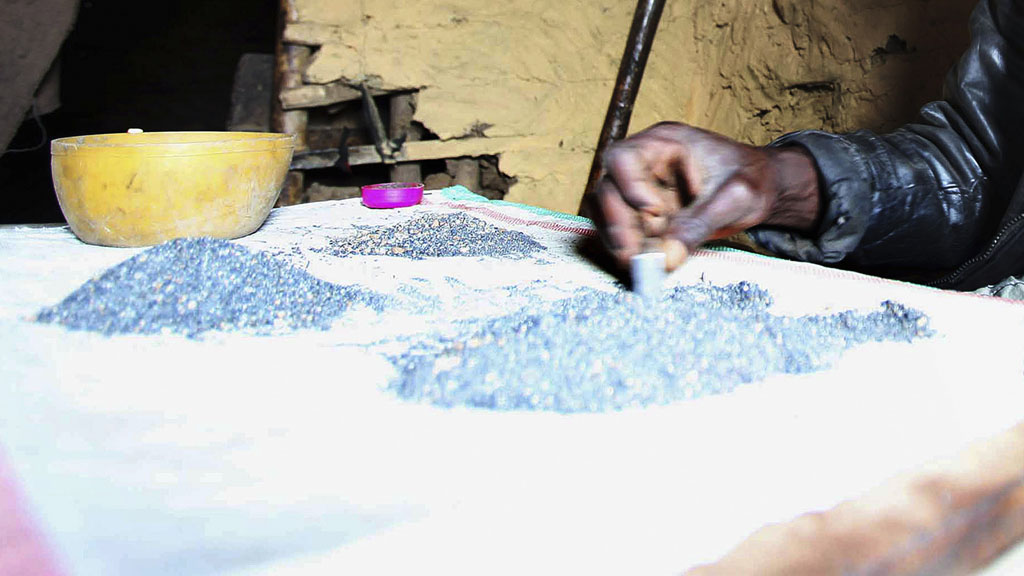UN report links Rwanda to Congo rebel group M23
A report from the UN links Rwanda’s defence minister James Kabarebe with the rebel group which has been taking over towns and cities in the mineral-rich east of Congo.
The report claims that Mr Kabarebe is at the top of the chain of command of the rebel group, which is run by Bosco Ntaganda, an armed militia leader wanted by the International Criminal Court for war crimes.
The news comes on the day that foreign ministers from nine African countries urged other nations on the continent to contribute troops to an international force to fight rebels in the Democratic Republic of Congo‘s turbulent east.
“The meeting called on the African Union’s peace and security council to mandate the neutral international force and seek the support of the United Nations Security Council to deploy the neutral force,” said Uganda government spokesman Fred Opolot.
M23 has continued to advance through the eastern part of Congo and says it intends to march to the Congolese capital Kinshasa, almost 1,000 miles west.
“The journey to liberate Congo has started now … We’re going to move on to Bukavu and then to Kinshasa. Are you ready to join us?” Vianney Kazarama, spokesman for the M23 rebels, told a crowd of more than 1,000 in a stadium in the city of Goma in South Kivu.
The Congolese and Rwandan presidents, Joseph Kabila and Paul Kagame, have been meeting in the Ugandan capital Kampala to try to bring an end to the conflict in eastern Congo. They have called for M23 to leave Goma.

Torture
On Tuesday M23 took control of Goma near the Rwandan border. An aid worker told Channel 4 News that Congolese government forces laid down their weapons and fled. There are around 6,700 UN troops based in North Kivu of which 1,400 operate in and around Goma reportedly did not try to stop the rebels.
The capture of Goma was followed by the seemingly unchallenged capture of the key town of Sake on Wednesday.
Formed in April 2012, M23 is made up of former soldiers from another rebel group, the National Congress for the Defence of the People (CNDP), which was also believed to be backed by Rwanda.
Since April, the violence which has continued to affect the eastern regions of DR Congo has increased, with multiple armed factions committing rape, murder, torture and kidnappings.
Read Foreign Correspondent Jonathan Miller’s report on why Congo is still not at peace
Mineral wealth

The current violence is mainly affecting two provinces in eastern DRC, North and South Kivu. The regions which are known collectively as the Kivus, border Rwanda, Uganda and Burundi in Africa’s Great Lakes area. Around 124,500 square kilometres in area, they have vast natural resources including gold and minerals such as coltan which are used in mobile phones and other electronic devices.
Warring factions in the area are believed to control much of the highly lucrative trade in minerals. Human rights organisation Global Witness says it believes the mineral trade is being used to finance military equipment which in turn is fuelling the fighting.
And factors driving the fighting are also complicated by ongoing Tutsi-Hutu ethnic conflict, a legacy of the 1994 genocide in Rwanda.
Worryingly, the DRC continues to be affected by instability despite the decade-long presence of the UN’s second biggest peacekeeping mission outside of Sudan.
In the past, the UN has been criticised for its failings in Congo. In May, villagers in South Kivu, apparently angry at the UN for failing to protect them from militias, opened fire on UN troops at the Bunyiakiri base injuring 11 Pakistani peacekeepers.
Back in 2010, troops from the UN’s stabilisation mission in Congo, Monuc, missed mass rape committed by militias less than 20 miles from a UN base. It prompted UN assistant secretary-general Atul Khare to declare the organisation had “failed” to protect civilians and triggered an investigation into the failure.